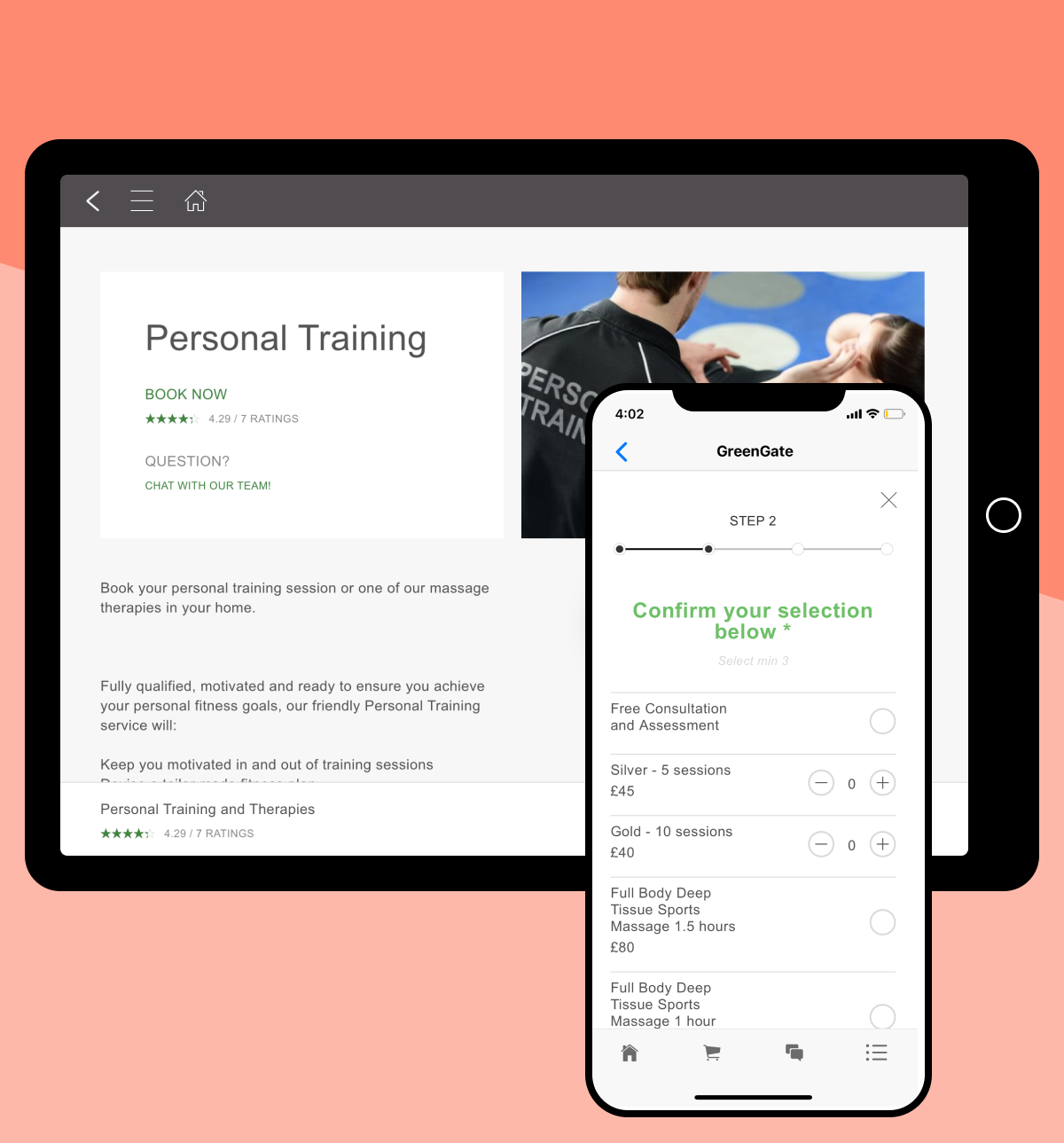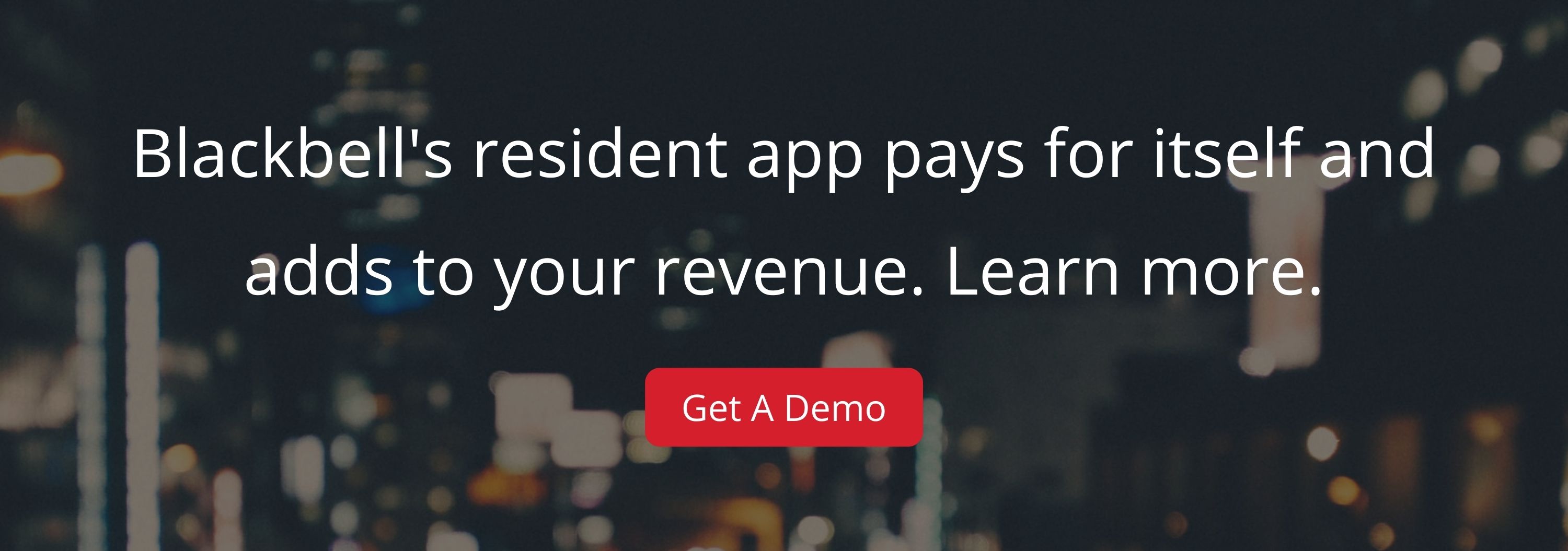Strategies For Old Multifamily to Stay Competitive
Multifamily renters prefer properties that offer more than just a living space.
They want a sense of community, luxury, and being looked after.
Developers have understood these sentiments, and that is why this year, almost 80% of the newly completed buildings will be the luxurious ones.

With an increase in supply, renters have more options to choose from.
Old multifamily properties developed decades ago now face tough competition from newly built and better-equipped properties. There is a limit to which they can upgrade under the constraints of space and resources.
Today I am going to show you exactly how digital transformation can help you retain residents, achieve high occupancy, improve rent growth and position your Multifamily business for the future in response to COVID-19 pandemic.
However, with strategic budget allocations and smart technology, old multifamily can stay competitive without affecting their returns.
Today I am going to discuss strategies for old properties to stay competitive.
If you are an owner, investor, or operator of an old multifamily property, then this post is for you.
Headwinds for old multifamily properties
A newly developed multifamily property coming up in the neighborhood is a threat to your existing property, more so if your property has limited space and resources to offer your residents an elevated experience.
Your prospects and tenants now have more options to choose from and make most of their rent expenses.
And with low-responsibilities, lifestyle-spending, “starting-out singles,” “young adult roommates,” and “perma-renters,” constituting over 65% of the renters , the scales are now tipped in favor of better-equipped class A multifamily apartment complexes.
These renters do not shy away from paying a premium for a “live, work, play” lifestyle.
As an owner, investor, or operator of class B and C multifamily properties, whether old or situated in non-prime locations, if you have conceded the ground to this competition by reducing rental rates and lowering the service levels to cut operating costs, then you have set yourself up for poor returns.
It is not just reduced monthly revenue; poor rental income can adversely affect property value, making it difficult to attract new investors.
If you think that you are in a catch-22 situation — you can’t compete with new properties without reducing rental rates, and reduction in rates will force you to cut costs, then you will find today’s post refreshingly insightful.
Here are the key points that I will discuss today:
- Multifamily Value-Add 2.0: Transformation Beyond Renovations
- Win Over Constraints: Supercharge Resident Experience With Flexible Offerings
- Solve the Staffing Maze: Less Staff, More Services
- Showcase the Uniqueness: Play to Your Strengths
1. Multifamily Value-Add 2.0: Transformation Beyond Renovations
Old multifamily renovation is essential. Upkeep and timely renovation of your old apartment building enhance the property's appeal, allows you to command a higher rent, and increases the property's lifetime. Just keep in mind, renovation costs are investments, and not all investments give equal returns.
Renovating common areas and the apartments - new paint colors, flooring, and kitchen renovation can help you attract a higher quality tenant willing to pay more rent. You can negotiate higher rents with existing tenants in return for these renovations or adding facilities like dishwashers .
This is a time-tested strategy but commonplace. Some renovations are essential, while others might not bring in a clear differentiation. You might command a 5-10% increase in rentals, but it's a far cry from being a sought-after property in the neighborhood.
Repositioning an existing building for success needs more than just physical value-add. You need to transform your property into a place residents can proudly call home.
And an effective way to bring about such a transformation is to digitize property operations. A digital platform where the management and the residents can virtually interact, share updates, get their concerns resolved, and build a thriving community, can easily elevate the living experience multifold.
Such digital platforms, consisting of a resident app and an admin app, give full control and visibility to property owners into property operations and help them quickly respond to emergencies .
Usually, these digital platforms cost only a fraction of the physical renovations, making them a high return investment for resource-constrained old multifamily properties.
In the following sections, I will discuss important aspects of old and non-prime properties’ digital transformation.
2. Win Over Constraints: Supercharge Resident Experience With Flexible Offerings
In their quest for the “live, work, play” lifestyle, most multifamily renters prefer properties offering amenities and community building activities. These are the new age "renters by choice" who readily pay a premium for their preferred properties.
Amenities have become a competitive advantage and a deciding factor in a property’s success.
For newly developed properties, developers extensively plan amenities and common areas keeping their prospective tenants in mind. State-of-the-art fitness centers, co-working spaces, green spaces, and dedicated arrangements for live music all are fast becoming a norm.
However, an old multifamily property developed decades ago neither offers such amenities nor has the required space or investment to install them.
As an owner, investor, or operator of an old multifamily property, you may feel that there is no way out.
But an understanding of what tenants are trying to achieve with the use of amenities can give you valuable insights.
For example, with the use of the on-site gym, residents are trying to stay fit and bond with their neighbors.
And this is where your digital platform can help you win over the constraints by virtually providing the alternatives to such amenities.
Even in the absence of a gym and costly equipment, a renter can access the same benefits by organizing bodyweight fitness sessions every morning in the courtyard. You can even go a step further and alternate it with Yoga sessions.
Similarly, you can organize cooking workshops, live music, and much more. And if there is no common space available, then use a vacant rental unit for these activities.
Your resident app sits on the home screen of your residents' mobile phones. This is a premium digital real estate that has instant access to their attention.
Using your resident app's features like booking forms and online payment, you can virtually update your residents about these activities. They can check availability, book their participation, and make the payment, right from their app - all without back-and-forth communication between residents and the on-site management team.

This is in sharp contrast to the usual pen and paper-based processes prevalent in older buildings where residents contact the reception or site manager, ask them the details of the activities and availability, the manager checks availability in the excel sheet, and then calls them back with updates.
Another inefficient process is the manual collection of micropayments - small payments for participation in activities, car parking, etc. Collecting these payments manually and then keeping records of them need dedicated staff and thus are a cost center susceptible to errors.
Your resident app can help you find the right service providers like fitness trainers, Yoga instructors, and cooking instructors for your residents. For this, your app must have a local marketplace feature, and your tech provider should help you build this marketplace by vetting and onboarding various vendors.
You can capture residents' feedback using your resident app. Such feedback helps you to organize better workshops, virtual classes, activities, and events without being constrained by expansive infrastructure investments.
This power of flexible offerings helps you to be receptive to your tenants' demands, bring different skills to them, create the same amenities as in the newly developed luxurious properties, and supercharge their living experience.
You can go as creative as you want -create a book club, ride-sharing clubs, provide your tenants exclusive discounts in nearby restaurants, organize events for arts and learning, and let tenants connect with one another, let them feel part of a thriving community.
And use your app to offer, manage, and track all these activities virtually, without any added costs.

3. Solve the Staffing Maze: Less Staff, More Services
Here is the truth:
Old properties can afford and employ far less staff than their newly developed counterparts.
And manual processes for property management means less staff, fewer services. However, today's tech-savvy residents demand real-time responses and services.
The irony is, budget-constrained old properties relatively need more upkeep and maintenance per unit basis.
Thus, the challenge you face is to keep manpower costs low while still delivering delightful services to your residents.
Consider a manual process based scenario where to report a maintenance issue, a resident has to write emails, call the manager, or personally visit the management office. The property manager, managing multiple old properties, and available only for a limited time, takes a day or two to assign the issue to the relevant worker. The maintenance worker, not used to proactively checking messages and without any reminder support, takes another two days to address the issue.
What will such a scenario lead to? Tenant dissatisfaction, low retention, low occupancy levels, inability to command better rentals, and difficulties in attracting new investors.
What's more? Due to process inefficiencies, you either need to hire more staff or let service levels go down.
Let us see how this scenario will change with the digitalization of your multifamily housing operations.
To report a maintenance issue, a tenant opens the resident app on her mobile phone and raises a new ticket. The property manager and the relevant maintenance worker both immediately receive the push notifications on their phones. This ticket's status can now be tracked by the tenant, the manager, the worker, and even the property owner. The worker is prompted to resolve the issue within the predefined response time; any delay will automatically reflect on his performance. If needed, the worker can chat with the tenant within the app and clarify the maintenance issue. Once the issue is addressed, the worker updates the ticket's status on the app. All stakeholders are notified, and the tenant provides her feedback.
In aggregate, the feedback can be used by the management to make data-based decisions, improve service levels, and optimize manpower costs.
With clear communications and tech-enabled processes, the same staff can now handle more work without any confusion.
Other than maintenance issues, you can effectively manage incoming parcels, visitors, car parking, and other facilities without hiring more workers.
4. Showcase the Uniqueness: Play to Your Strengths
Playing to your strengths is a time-tested growth strategy, and it applies to old multifamily properties too.
It is easy to get lost amidst the high-tempo narrative of newly developed properties, but a careful introspection can unearth great strengths that can have far more impact on your competitiveness than following your competitors.
Your old rental property can have strengths like prime location, unique architecture, and vintage feel.
And if you position them thoughtfully, you can easily race ahead of your competitors.
For example, an old apartment building with each unit unique in design and architecture can position itself for prospects who value uniqueness. These prospects will choose old but unique properties over new but monotonous properties having all units identical.
Similarly, you can position other strengths like the prime location as a key differentiating factor.
Positioning your property using its unique strengths lets you be a leader in your own league and use the blue ocean strategy for growth.
A shift in mindset can open new doors of opportunities.
Now the question is, how can you most effectively leverage these strengths without impacting your budget allocations?
Here comes your resident app to your rescue.
Not only you can create dedicated sections to highlight your property's uniqueness on your app, but you can also use the power of virtual tours to showcase them at no extra costs.
Positioning on your strengths also helps you attract best-fit tenants that tend to enjoy the apartment complex, accept its shortcomings, and stay longer.
Conclusion
Old multifamily properties might have resource and space constraints but that should not affect their competitiveness. By digitizing property operations you can supercharge resident experience, showcase your property's unique strengths, and position it for success.
That's all I wanted to talk about transforming old multifamily properties to success. Leave a quick comment below and let me know your thoughts about it.
Blackbell offers powerful resident and admin apps for multifamily properties. To see how we can help you in the digital transformation of your property, click here to book a demo.






